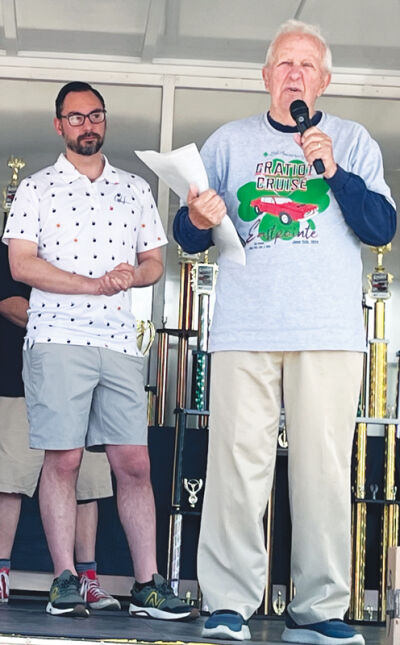Michigan, USA

fraserclintonchronicle
Council approves lighting amendment for Sheetz
FRASER — At their council meeting on May 8, the Fraser City Council voted to approve a request by Sheetz to amend the rezoning conditions for lights originally set in the first agreement.
Published May 24, 2025
FRASER — At their council meeting on May 8, the Fraser City Council voted to approve a request by Sheetz to amend the rezoning conditions for lights originally set in the first agreement.
The motion was amended to allow a maximum of 20 foot-candles of illuminance under the Sheetz gas pump canopy under the condition that the agreement be signed and returned to the city within 30 days, to be held in escrow and subject to city review within the ordinary course of business.
They also changed an ordinance to make 20 foot-candle canopy lighting the maximum for all gas stations going forward. The ordinance motion was approved in a 6-1 vote with Councilwoman Patrice Schornak opposed and the Sheetz motion was passed in a 5-2 vote with Mayor Michael Lesich and Schornak opposed.
According to documentation attached to the meeting agenda, Sheetz would like council to interpret the ordinance as having no defined limit to canopy lighting or go with the city planner’s interpretation “but then grant a variance in the agreement.” This would allow the lighting under the canopy to be 30 foot-candles.
The city ordinance states that 5 foot-candles are allowed in building areas and the Sheetz plans list 6 foot-candles. The ordinance also states that 4 foot-candles are allowed in driveways and parking areas and the Sheetz plans list 6.1 foot-candles.
According to documents provided for the special meeting on Oct. 30, 2024, at the time, Sheetz did not have a compliant lighting plan but would be able to comply with Fraser’s lighting requirements.
At a nearly five-hour public hearing on Oct. 30, residents expressed concern after concern about the project. The lot currently holds the old First State Bank building, which is also in the process of being torn down. The building dates back to the 1910s but, according to a previous article in the Chronicle, it was moved to the location in the 1930s.
City Attorney Donald DeNault provided an overview stating that the agreement remained unsigned at the meeting because they wanted to study the issue. According to DeNault, Sheetz wants the ordinance to not apply to canopies because it does not mention canopies. The alternative is to amend the conditional zoning requirement.
Fraser City Planner Lauren Sayre stated that Sheetz believes their rights are being violated because other gas stations in the area do not have to abide by the same ordinances. They also stated the lights will not be a detriment to the other properties in the area and that planning also had the same findings.
David Bruckelmeyer, the engineering permit manager for Sheetz, said the plan is really about safety. The Sheetz staff went through the plans and a lack of lighting can cause big hazards, Bruckelmeyer said.
“Really what this comes down to is we are asking to be treated as other applicants have been,” Bruckelmeyer said. “It seems that they’ve been approved administratively through staff for some kind of lighting plan and we’re just asking to be treated in a similar fashion.”
Attorney John Gaber, representing Sheetz, said the Sheetz staff thought in October and previous meetings they knew what the ordinance said, and they thought they could comply with the lighting ordinance set by the city. The issue is with the canopy lighting, Gaber said, because no standard is listed in the ordinance. He also said they expected to solve it with staff, but it had to be brought before the council.
He reiterated the issues with safety and security.
“Those are issues not only Sheetz, but the city should be concerned with, too,” Gaber said. “There could be car-pedestrian collisions here. The lighting level at 5 is very low.”
Gaber said lack of vision and possible accidents are liabilities for Sheetz and something the city should be concerned with as well.
“So what we’re looking for is just to be treated fairly like the other gas stations within the community,” Gaber said.
Gaber also said they had the Sheetz engineer measure lighting at other gas stations in the area. Their findings showed that their canopy foot-candles range from 37 feet to 66 feet which, according to Gaber, is higher than the ordinance. They also FOIAed the city to find the plans for the other gas stations and the minutes showing their approval and if there were any ordinances that stood in the way.
Some council members and Lesich expressed frustration with the amendment. Lesich said the presentation would have been better seen last fall and said he personally visited different Sheetz locations out East.
“And your lighting is higher than 5 foot-candles,” Lesich said. “This was known, and you committed to it that night, committed to a compliant lighting plan and you said you’d review the ordinance, and you never said anything about working it out with the administration.”
He said the frustrating part is Sheetz made a voluntary submission. Lesich also listed more frustrations including the delay in demolition and stated he did not know if Sheetz would come back again for more. In a phone call, Lesich said the frustrating part right now is how long it is taking for the project to move forward.
At the meeting Bruckelmeyer stated that Sheetz does not have control of the property as he addressed the delay in demolition and said they did not have a signed lease. In an email, John Whetstone, director of public affairs at Truscott Rossman, said Sheetz is leasing the property from the owner.
Councilwoman Amy Baranski shared the mayor’s frustrations stating she’s the one that made the amendment.
“To me this is a no-brainer. You have to own your mistake,” Baranski said. “You made assumptions that didn’t pan out and that’s what I wanted to see because I get (it), I read the ordinance. It doesn’t say it, but the fact it doesn’t say doesn’t give you (a) pass to assume that it doesn’t mean it.”
She asked if the data Sheetz submitted was verified by anyone else and asked if they had any reason to not believe the company’s data. DeNault said they don’t have any city data about the other five gas stations.
Baranski initially brought up the idea to reduce the number of foot-candles from 30 to 20. DeNault said council could put a maximum on the footage of the candles and set the amount they are willing to give the company.
“Because this is a variance request and as long as you go less than what they’ve asked for, you’re not expanding the variance request,” DeNault said.
He said Sheetz has the right to walk away, but either way they have to comply with the guidelines on lighting.
Schornak said the company had to have known of their lighting situation before they agreed to comply. She pointed out that the gas station is going to be “in the backyards” of residents.
“These other gas stations don’t back up to people’s yards,” Schornak said. “They don’t back up to their homes.”
Advertisement
Let's build the next big thing. Right now!
More from ourcommunitynews.app
eastsider
Roseville artist continues fight against Sheetz af...
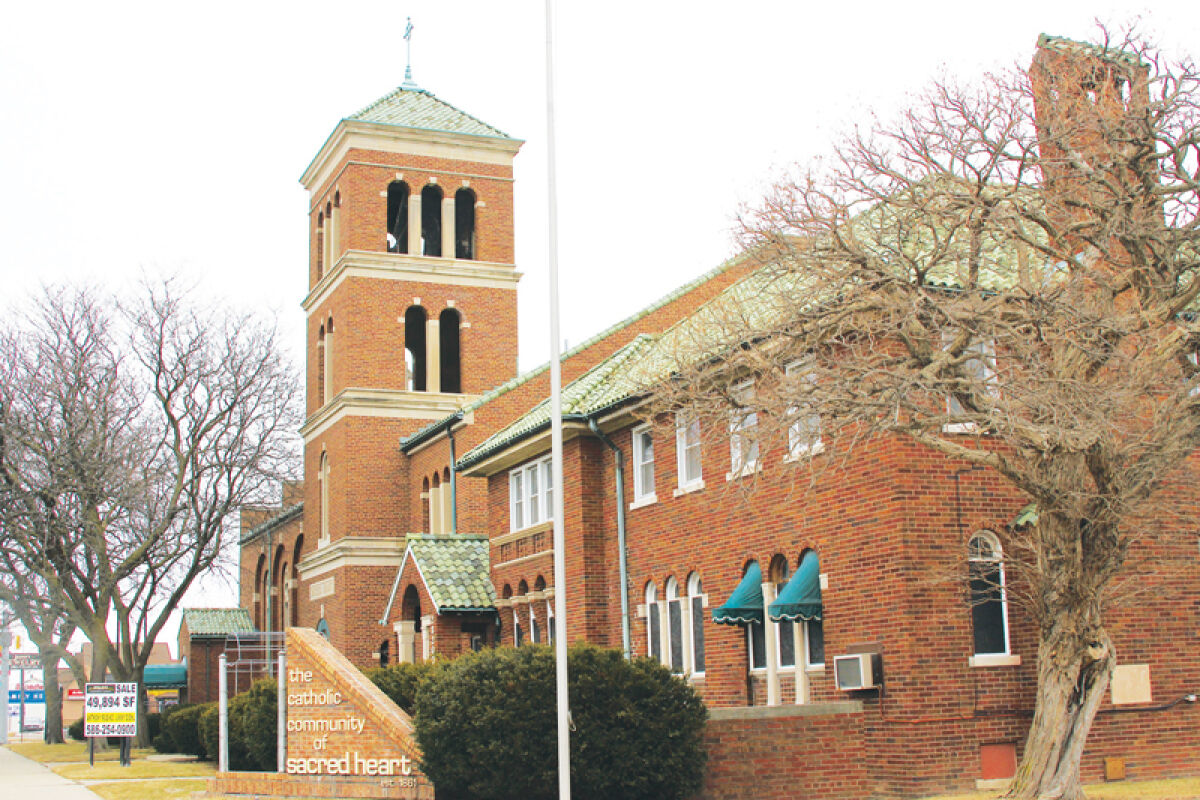
sterlingheightssentr...
Sterling Heights group connects neighbors to overc...
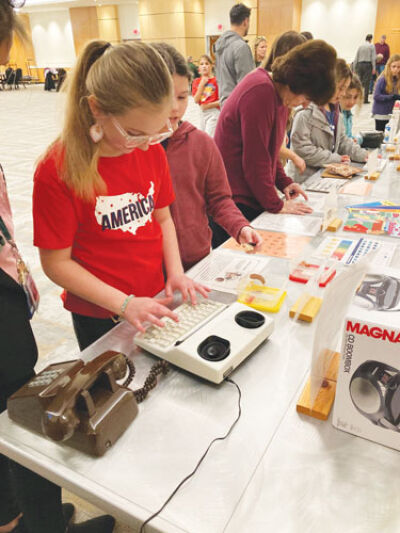
birminghambloomfield...
Deferment program could help Bloomfield Township r...
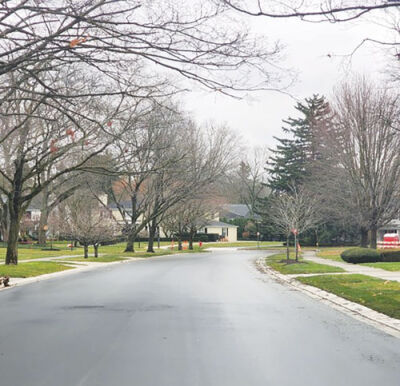
birminghambloomfield...
Detroit Country Day girls lacrosse wins state titl...

warrenweekly
‘We will not leave victims behind’
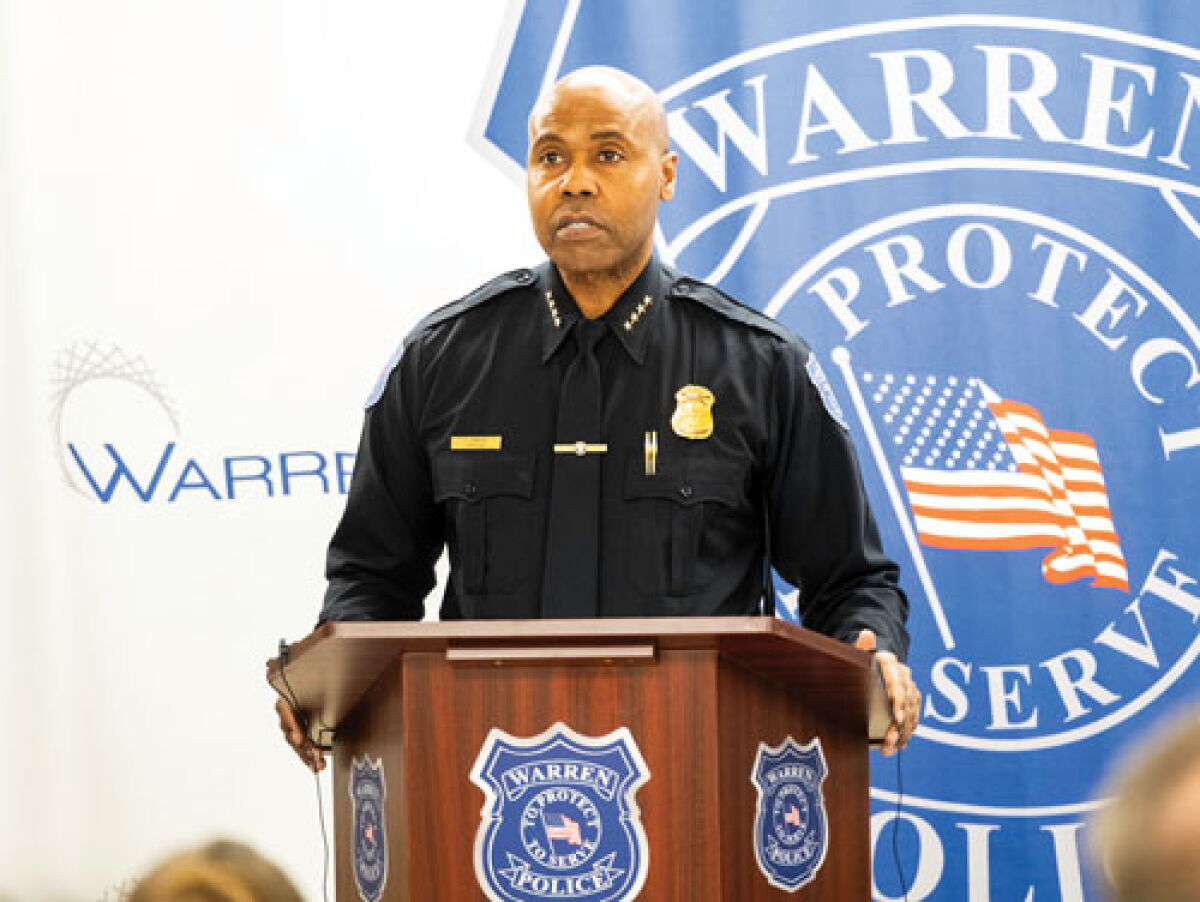
eastsider
Roseville Community Schools in process of developi...
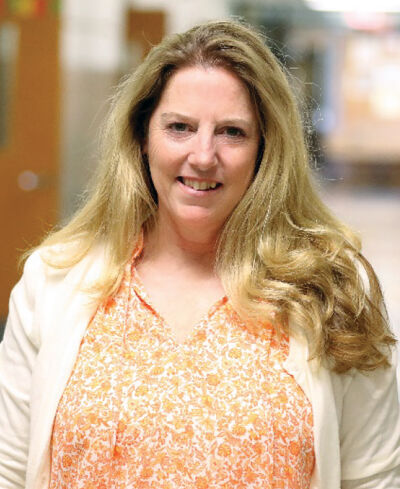
warrenweekly
These students have ‘Winning Futures’
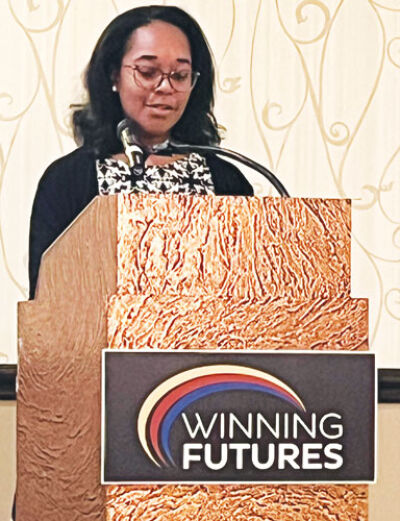
warrenweekly
Warren officer sentenced for actions in 2023 traff...

madisonparknews
Madison Heights to start carts-only model for tras...
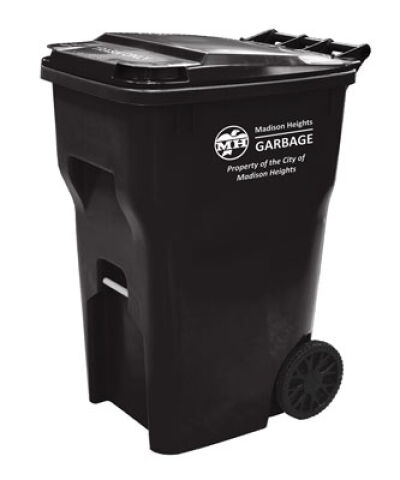
eastsider
Prayer service highlights opening ceremony, Harvey...
